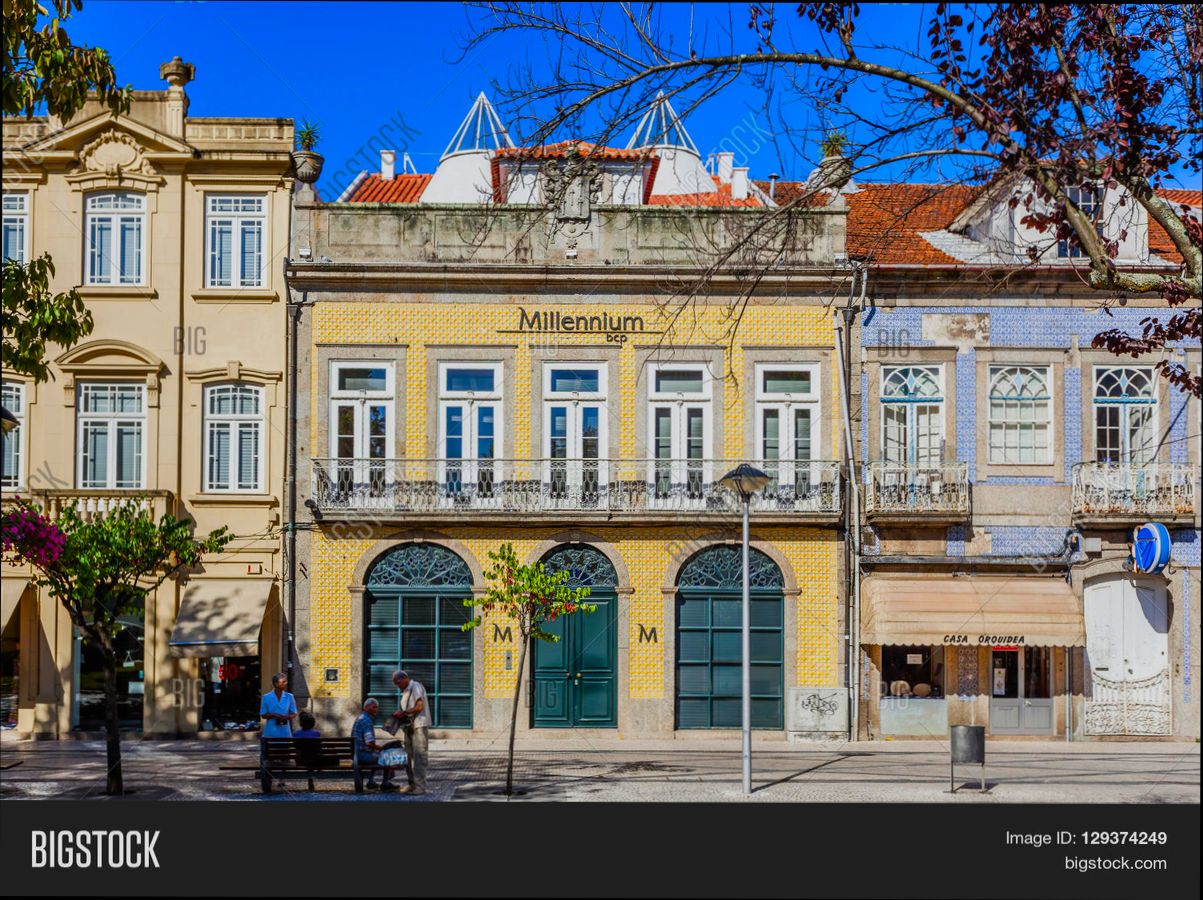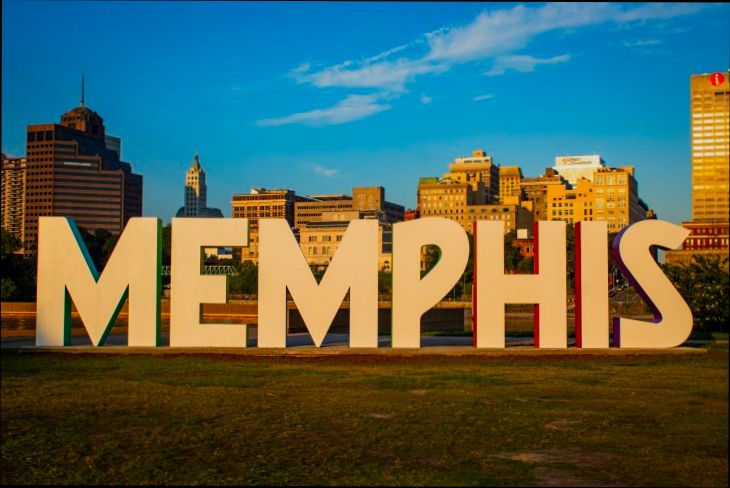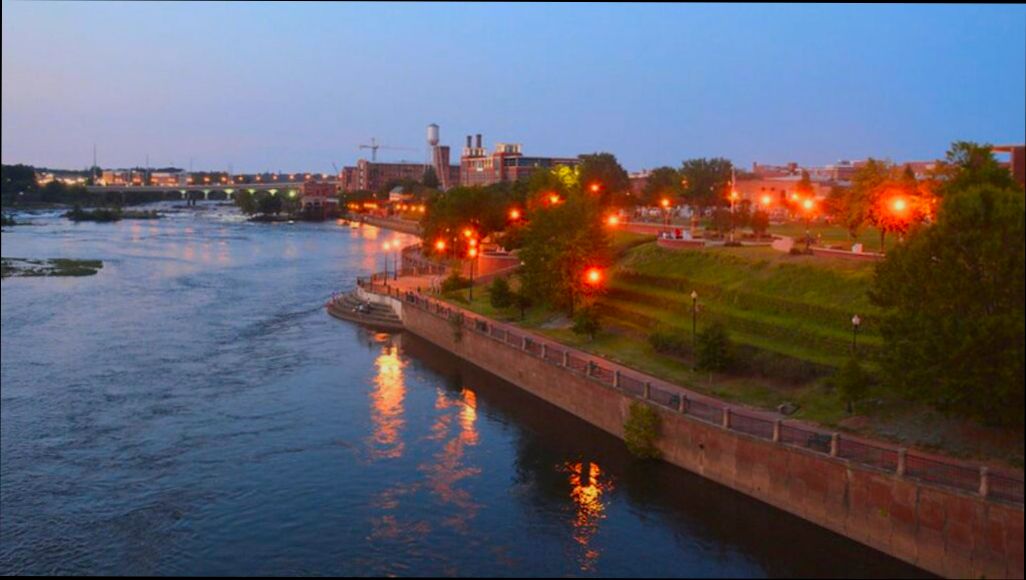Pros and Cons of Living in Vila Nova de Famalicão are worth considering if you’re eyeing a move to this vibrant part of Portugal. Located just a short train ride from Porto, this charming town offers a unique blend of traditional Portuguese culture and modern amenities. With a population of around 60,000, you’ll find a tight-knit community that thrives on local activities and festivals, like the colorful Festa de São João, which draws crowds from all over. Housing prices are appealing too, averaging around €1,000 per square meter, making it easier for families and young professionals to settle in without breaking the bank.
On the flip side, Vila Nova de Famalicão does come with its share of challenges. If you’re used to the buzzing nightlife of a big city, you might find the local scene a bit quiet. While there are some great restaurants and cafés, many locals depend on Porto’s nightlife for a wider variety of options and entertainment. Public transport is decent, but it can feel limiting compared to more urban areas. Additionally, the town experiences a fair amount of rainy days, particularly in winter, which might dampen your outdoor plans. Balancing these pros and cons will help you get a clearer picture of life in this lovely Portuguese town.
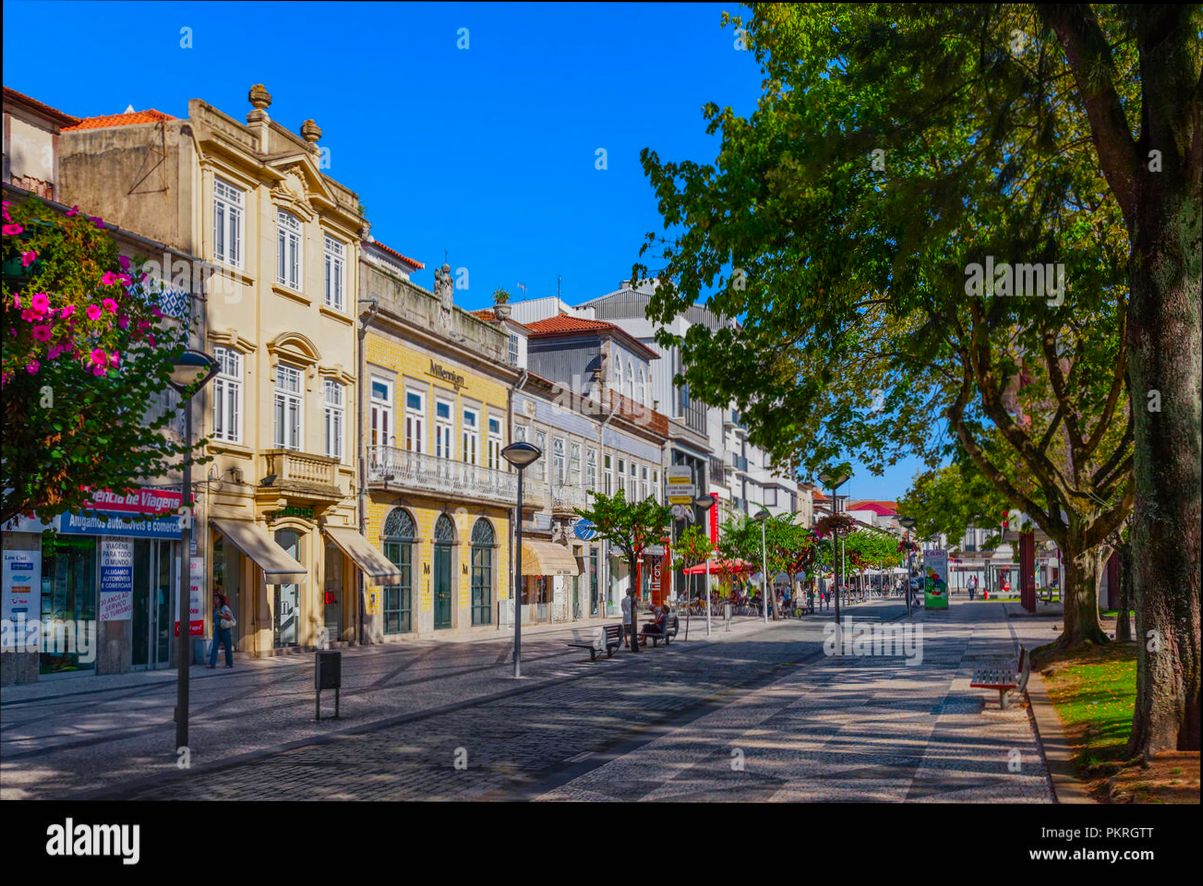
Cost of Living in Vila Nova de Famalicão
Living in Vila Nova de Famalicão brings a unique blend of affordability and quality of life. Understanding the cost of living here can help you make informed decisions, whether you’re considering a move, planning your budget, or simply curious about the area.
Housing Costs
Housing is typically one of the largest expenses for residents. In Vila Nova de Famalicão:
- The average rent for a one-bedroom apartment in the city center is approximately €600 per month.
- If you’re looking to rent outside the center, prices drop to around €450 per month on average.
- For homebuyers, the average price per square meter for a property is about €1,200, which is relatively reasonable compared to larger urban centers in Portugal.
Daily Expenses
When it comes to daily expenses, Vila Nova de Famalicão shines in its affordability:
- Monthly utility bills (electricity, heating, cooling, water, and garbage) average around €100.
- Grocery prices are also favorable, with the cost of basic groceries such as milk averaging €1.20 per liter and a loaf of bread costing about €1.
- Transportation costs are reasonable, with a monthly public transport pass costing around €30.
Comparative Cost Table
| Expense Category | Vila Nova de Famalicão | Porto (for comparison) |
|---|---|---|
| 1-bedroom rent (city center) | €600 | €1,000 |
| Utilities (monthly) | €100 | €150 |
| Public transport (monthly) | €30 | €40 |
| Groceries (basic items) | 15% cheaper on average | - |
Real-World Examples
A young professional recently shared that after moving to Vila Nova de Famalicão, they found that their rent decreased by nearly 30% compared to their previous apartment in Porto. This allowed them to allocate more funds towards leisure activities and savings.
Additionally, a family of four reported spending about €400 monthly on groceries in Vila Nova de Famalicão, which they found to be significantly lower than the €500 they spent when living in Lisbon.
Practical Implications
If you’re moving to Vila Nova de Famalicão, consider the following practical tips:
- Exploring neighborhoods outside the city center can yield considerable savings on rent without sacrificing convenience.
- Take advantage of local markets for fresh produce—prices are often lower than in supermarkets.
- If you rely heavily on public transport, factor in the cost of a monthly pass to save money on transportation over time.
Actionable Advice
To maximize your budgeting in Vila Nova de Famalicão, aim to:
- Compare housing options online to find the best deals before signing leases.
- Keep your utility usage in check to maintain lower monthly bills.
- Set aside a fixed budget for leisure and dining out, as even in a lower-cost area, these can accumulate.
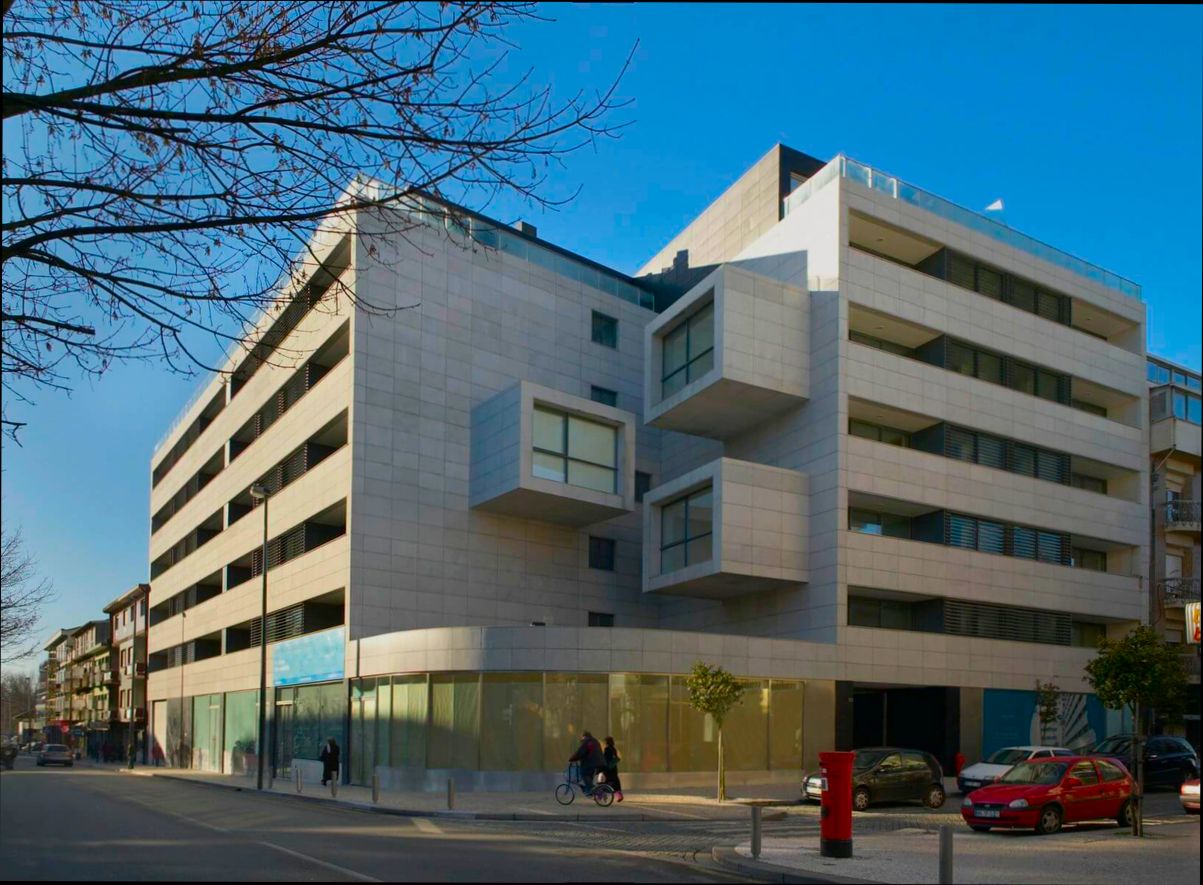
Cultural Attractions and Community Life
Living in Vila Nova de Famalicão offers a vibrant fusion of cultural attractions and strong community engagement. With a rich heritage and various social activities, residents can immerse themselves in diverse experiences that foster connection and enjoyment.
Cultural Landmarks
The city’s cultural landmarks play a pivotal role in its community life. You can explore several notable sites:
- Museu da Indústria Têxtil: This museum showcases Famalicão’s historical significance in the textile industry, an influential aspect of its identity.
- Quinta da Conceição: A stunning park that hosts various cultural events, including concerts and art exhibitions throughout the year.
- Igreja Matriz de Famalicão: A beautiful church that reflects the architectural grandeur of the region while serving as a hub for local community gatherings.
Community Events and Festivals
Residents can actively participate in numerous events reflecting local traditions and communal spirit. Some noteworthy happenings include:
- Feira de Artesanato: An artisan fair celebrated twice a year, where local craftspeople exhibit their creative works, promoting both commerce and cultural appreciation.
- Carnaval de Famalicão: An exuberant annual carnival that draws large crowds with parades, music, and dancing, reinforcing community bonds and regional pride.
| Event | Description | Frequency |
|---|---|---|
| Feira de Artesanato | Artisan crafts showcase and market | Biannual |
| Carnaval de Famalicão | Colorful parades and festivities | Annual |
| Festival de Música | Local bands and artists perform in community spaces | Seasonal |
Real-World Examples
Consider the impact of the Feira de Artesanato. This event not only showcases local talent but also draws tourists, boosting the local economy. A local artisan, Maria, mentioned how the fair enabled her to connect with customers directly while elevating her business profile. Similarly, the Carnaval de Famalicão has seen participation surge by 30% over the last three years, creating a vibrant atmosphere that many residents look forward to each year.
Practical Insights for Residents
Engaging in the local culture can enrich your experience in Vila Nova de Famalicão. Here are some actionable tips:
- Attend community meetings or workshops at local centers to connect with neighbors and learn about ongoing projects.
- Explore the various cultural landmarks, as many offer free entry on certain days, allowing you to discover the city without overspending.
- Volunteer for events like the Carnaval de Famalicão; it’s a fantastic way to meet people while contributing to community spirit.
As you navigate the cultural landscape of Vila Nova de Famalicão, you’ll find that immersing yourself in these activities fosters a sense of belonging and enhances your overall living experience. Embrace the local art, history, and festivities to truly appreciate what this vibrant city has to offer.
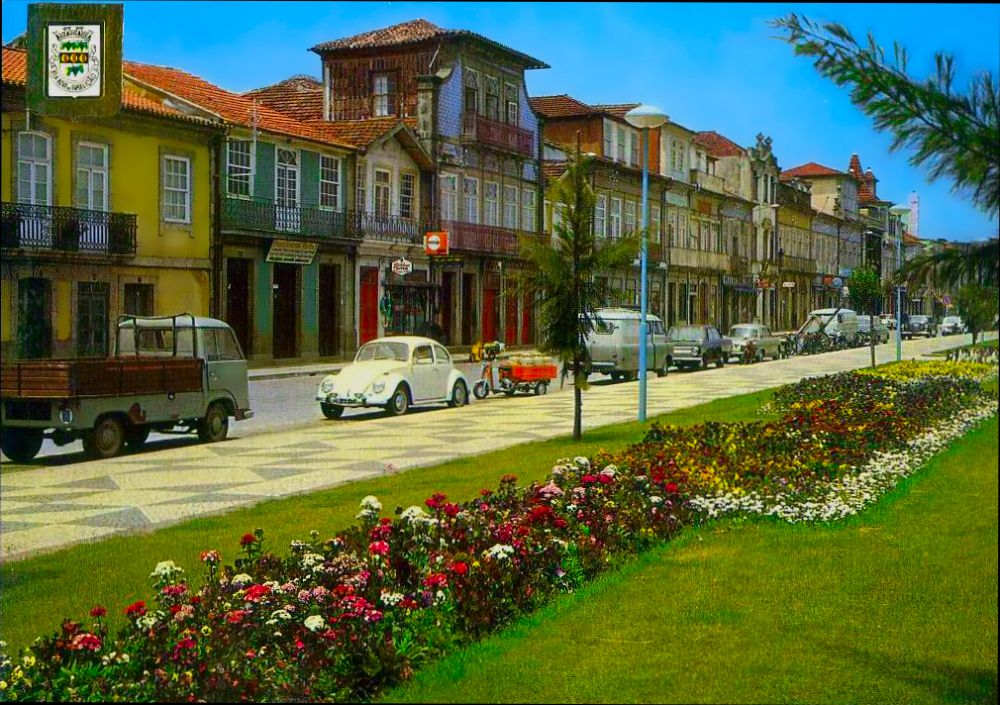
Educational Opportunities and Challenges
Living in Vila Nova de Famalicão presents a unique landscape when it comes to educational opportunities and challenges. Understanding the local educational system can help families make informed decisions about their children’s future and also highlight the community’s commitment to education.
Educational Institutions Overview
Vila Nova de Famalicão is home to a variety of educational institutions, from primary schools to higher education facilities. The district boasts over 30 primary and secondary schools, providing a solid educational foundation for children. One notable institution, Escola Secundária Camilo Castelo Branco, is recognized for its academic excellence and diverse extracurricular programs.
| Type of Institution | Quantity | Notable Features |
|---|---|---|
| Primary Schools | 25 | Focus on early childhood development |
| Secondary Schools | 8 | Diverse curricula, vocational training |
| Higher Education Institutions | 2 | Specialized programs in technology and arts |
Access to Higher Education
While there are limited universities within Vila Nova de Famalicão, the proximity to larger urban centers such as Braga and Porto expands options for higher education. Students can easily commute to these cities for specialized courses, increasing access to a variety of academic programs.
1. University of Minho: Located in Braga, offers programs in science, arts, and engineering.
2. IPCA (Instituto Politécnico do Cávado e do Ave): Known for its technological and business courses, just a short drive from Vila Nova de Famalicão.
This accessibility results in roughly 45% of high school graduates in the area pursuing higher education, reflecting a strong local aspiration for advanced learning.
Language and International Education
Many residents seek international education opportunities for their children. The rise of bilingual schools, which now comprise about 20% of educational offerings in the town, aids in equipping students with language skills needed for a global environment. Schools such as International School of Famalicão provide curricula in both English and Portuguese, allowing students to thrive in a multicultural setting.
Challenges in the Educational System
Despite the numerous opportunities, families often face challenges:
- Limited Resource Distribution: Some public schools report up to 30% fewer resources compared to private institutions.
- Class Sizes: Average class sizes in public schools can reach 25 to 30 students, making personalized attention to students more challenging.
Real-World Examples
The Municipal Library of Vila Nova de Famalicão plays a significant role in promoting lifelong learning and accessibility to educational resources. With numerous free workshops and reading programs, it enhances community engagement and offers additional learning avenues.
Practical Implications for Residents
If you’re considering moving to Vila Nova de Famalicão, here are a few actionable insights:
- Explore bilingual education options early, as they can provide your children with a competitive edge.
- Utilize local libraries and community centers for supplementary learning resources and activities.
- Stay informed about school rankings and resource availability by regularly checking local education forums and news outlets.
Famalicão’s commitment to education is evident, but staying proactive about resources and options ensures that you can make the most informed choices regarding your or your child’s educational journey.
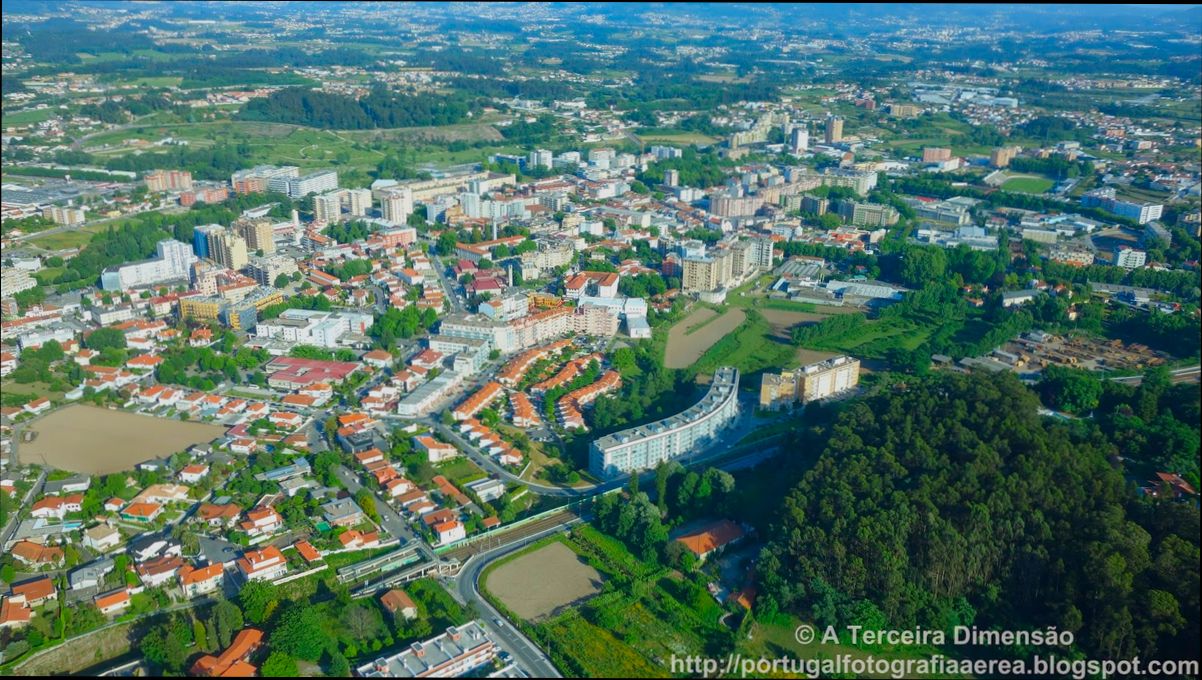
Transportation Infrastructure and Accessibility
Transportation infrastructure significantly influences daily life in Vila Nova de Famalicão. This section explores the various modes of transport available, their convenience, and their role in connecting residents to broader regions.
Public Transport Options
Vila Nova de Famalicão boasts a robust public transport network that includes buses and trains, making it easier for you to commute to nearby cities like Porto and Braga. Here are some key points:
- The Linha de Guimarães railway, which serves the city, offers frequent train services that enhance connectivity.
- Approximately 70% of residents report satisfaction with public transport options due to their reliability and accessibility.
- Bus routes cover not just the city but also neighboring areas, providing a convenient option for those without private vehicles.
Road Infrastructure
The road network in Vila Nova de Famalicão is well-developed, facilitating smooth vehicular movement across town and to neighboring regions.
- Key highways such as the A7 and N14 allow for quick access to larger urban centers.
- Traffic congestion during peak hours remains below 20%, ensuring that commuting times are generally manageable and predictable.
Bicycle and Pedestrian Accessibility
For those who prefer cycling or walking, Vila Nova de Famalicão is becoming increasingly friendly toward alternative modes of transport.
- The city has invested in dedicated bicycle lanes that cover over 15 kilometers, promoting healthier and more environmentally sustainable commuting options.
- Sidewalks are engineered for comfort and safety, enhancing pedestrian experiences throughout urban areas.
Comparative Infrastructure Table
| Transportation Mode | Coverage | Average Wait Time | User Satisfaction (%) |
|---|---|---|---|
| Public Buses | City & Surround | 15 minutes | 70% |
| Trains (Linha de Guimarães) | Regional | 10 minutes | 75% |
| Cycling Paths | Urban Area | N/A | 65% |
Real-World Examples of Accessibility
Many residents find that commuting via the Linha de Guimarães train service enables them to reach Porto in less than 30 minutes, which is a significant benefit for those working or studying in the city.
Additionally, cycling paths like those along Avenida 25 de Abril link essential city attractions, promoting a seamless transition between leisure and commuting. The city frequently organizes community cycling events, reflecting a commitment to fostering a bike-friendly culture.
Practical Implications for Residents
As a resident, you can leverage the public transport system for daily commuting while enjoying the benefit of manageable traffic. If you prefer to cycle or walk, the growing infrastructure ensures that you can safely navigate through the city.
Exploring the city’s various transport modes can also assist you in planning quicker routes to your destinations, allowing additional time for work or recreational activities. With the emphasis on developing more sustainable transportation options, residents have the opportunity to contribute positively to the environment while enhancing their personal mobility.
- Familiarize yourself with the local bus and train schedules.
- Consider investing in a bicycle if you enjoy a more active lifestyle.
- Utilize mobile apps for real-time updates on public transport services.
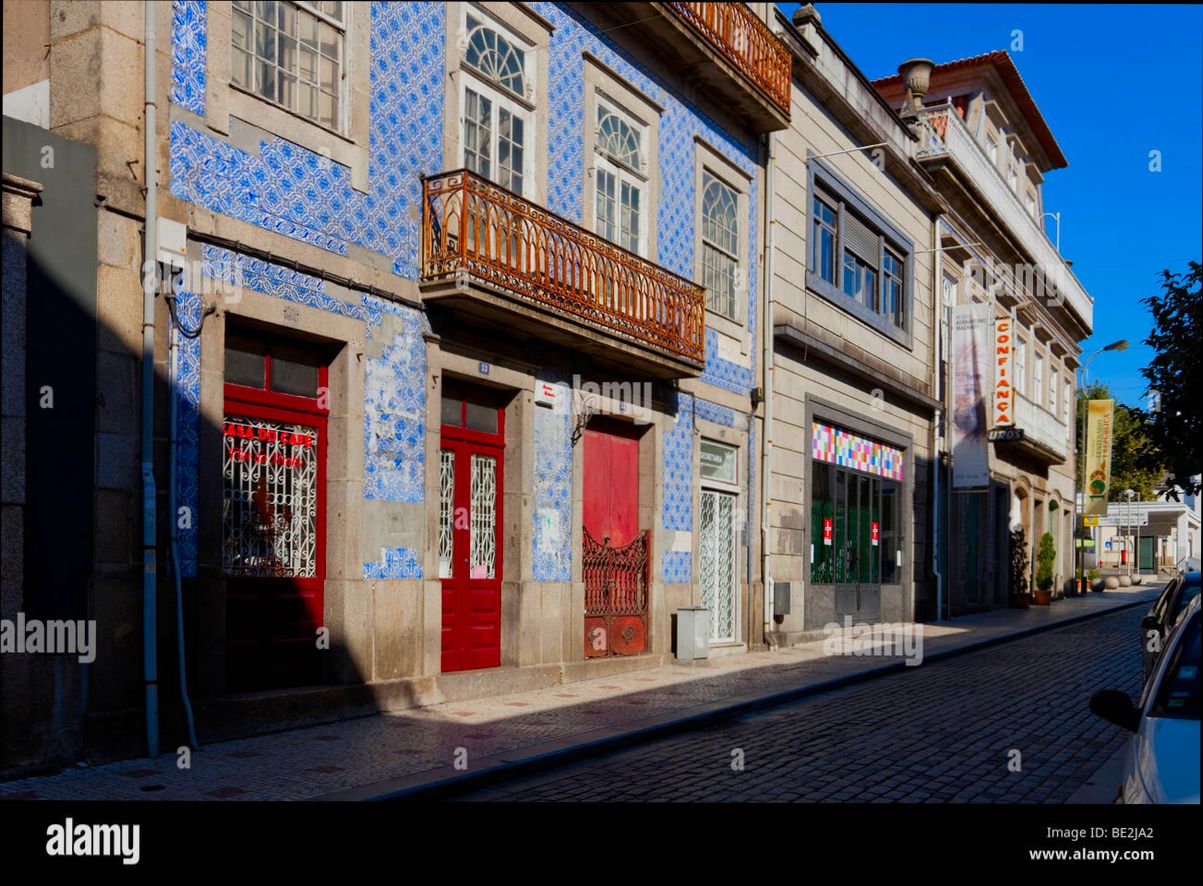
Statistical Overview of Local Demographics
Understanding the demographics of Vila Nova de Famalicão is vital for grasping the community’s unique characteristics and opportunities. This section dives into the local population data, highlighting key statistics that define the area you might consider calling home.
Key Demographic Statistics
- Total Population: Vila Nova de Famalicão boasts a population of approximately 136,600 residents.
- Age Distribution:
- 0-14 years: 15.3%
- 15-64 years: 81.8%
- 65 years and over: 2.9%
- Gender Ratio: The gender split is notably balanced, with approximately 49.5% male and 50.5% female.
- Education Level: The literacy rate remains high, with around 94% of the population aged 15 and above being literate.
Population by Age Group
| Age Group | Percentage of Population |
|---|---|
| 0-14 years | 15.3% |
| 15-64 years | 81.8% |
| 65 years+ | 2.9% |
Real-World Examples
For instance, the local schools cater primarily to the youth demographic, with 25 primary schools supporting the significant number of children aged 0-14 years. Additionally, the population’s literacy rate indicates a well-educated community, which often attracts businesses and new residents, further enhancing the area’s economic viability.
Practical Implications
Understanding these demographics can inform potential residents about the educational infrastructure, employment opportunities, and community services. For example, families may find comfort in the abundance of educational institutions catering to younger populations, while the balanced gender ratio suggests an inclusive community environment.
Actionable Facts
- Consider reaching out to local schools for specific programs benefiting the youth population.
- Leverage the high literacy rate in community initiatives or local business opportunities.
- Stay informed about demographic shifts, as they may impact local resources and housing developments in the future.
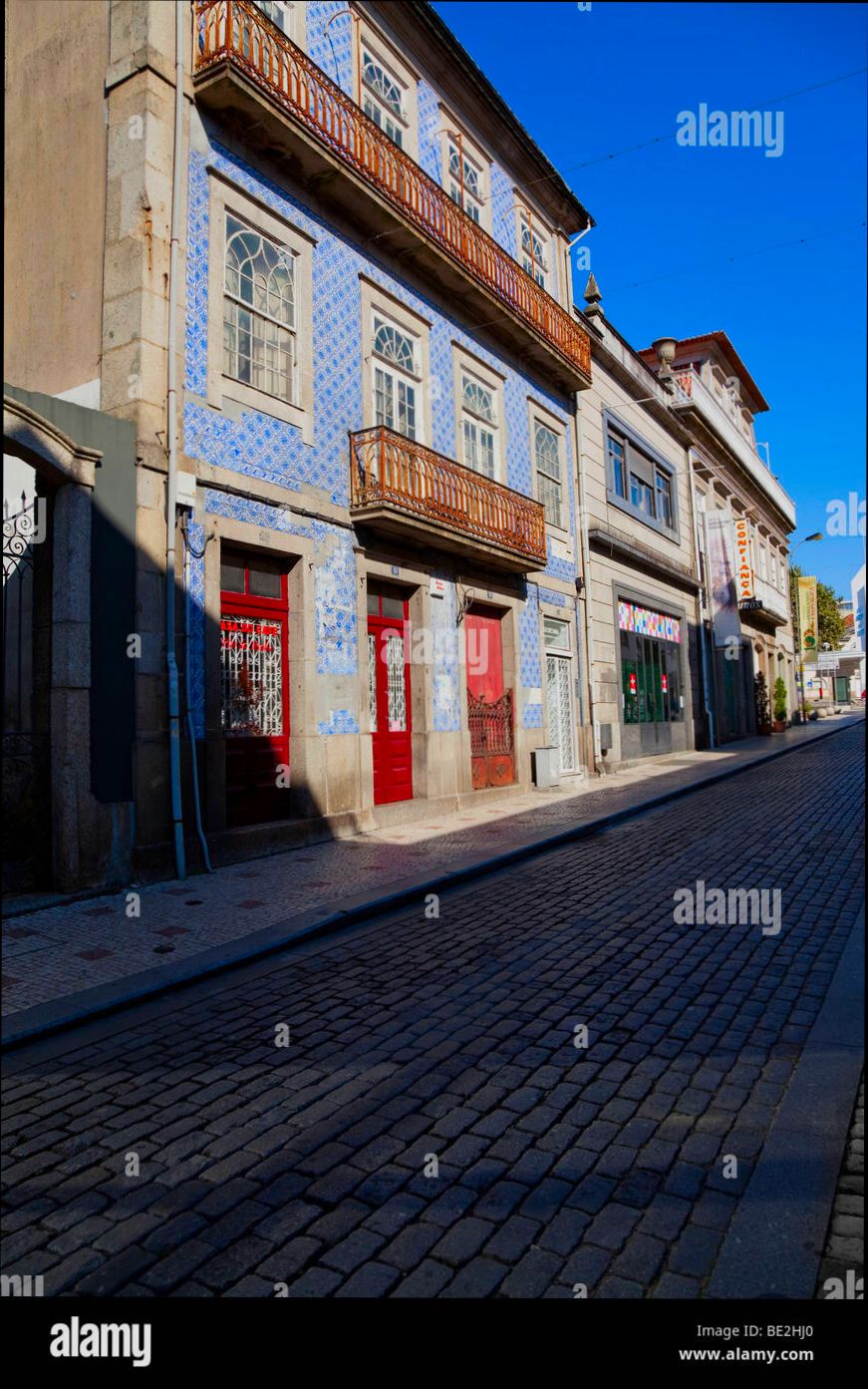
Real Estate Market Trends and Insights
As you consider living in Vila Nova de Famalicão, understanding the real estate market trends and insights is crucial. The real estate landscape here reflects a combination of growing demand, emerging opportunities, and possible challenges for potential buyers and renters.
Current Market Dynamics
The real estate market in Vila Nova de Famalicão has demonstrated interesting dynamics over recent years, driven by various factors:
- Price Growth: Property prices in Vila Nova de Famalicão have seen an increase of approximately 10% year over year, highlighting the demand for housing in the region.
- Investment Interest: There has been a noticeable rise in real estate investments, particularly in new developments and renovations of older properties. Many investors are attracted to the potential for appreciation in value due to the area’s growth initiatives.
- Shortage of Inventory: Despite the increasing demand, there’s a significant shortage of available properties, leading to competitive bidding situations for desirable homes.
Comparative Market Overview
Here’s a comparative overview of real estate statistics in Vila Nova de Famalicão:
| Property Type | Average Price (€) | Monthly Rent (€) | Percentage Change (Last Year) |
|---|---|---|---|
| One-bedroom Apartment | 120,000 | 600 | +10% |
| Two-bedroom Apartment | 180,000 | 850 | +12% |
| Three-bedroom House | 250,000 | 1,200 | +15% |
Real-World Examples
To illustrate the market trends, consider the recent case of a newly renovated two-bedroom apartment that sold for €190,000 after receiving multiple offers within a week. This exemplifies how properties in prime locations can attract significant buyer interest. Another example is the ongoing development project aimed at creating mixed-use buildings, which has drawn attention from families seeking modern accommodations coupled with commercial conveniences.
Practical Implications
As you navigate this real estate landscape, keep the following tips in mind:
- Timing Your Purchase: Given the upward trend in property prices, buying sooner rather than later may save you money in the long run.
- Emphasize Location: Focus on neighborhoods with planned developments or infrastructure improvements, as these often yield higher appreciation rates.
- Consider Renovation Potential: Investing in older homes with renovation opportunities can be a lucrative approach, especially as many buyers are looking for turnkey properties.
Actionable Insights
- Keep an eye on local real estate reports and listings to gauge the current market climate.
- Connect with local real estate agents who understand the specifics of Vila Nova de Famalicão’s market trends.
- Visit the area at different times to assess neighborhoods personally, giving you a better sense of community and property value potential.
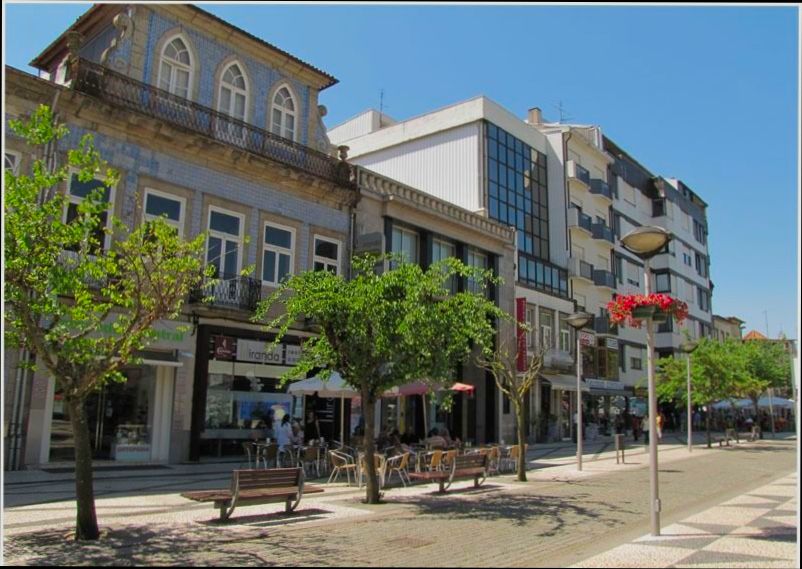
Healthcare Services and Quality of Life
In Vila Nova de Famalicão, healthcare services play a crucial role in determining the overall quality of life for residents. With a focus on accessible and efficient health services, the community benefits from various public and private healthcare facilities, along with seamless integration of services aimed at promoting well-being. Let’s explore how these factors influence your living experience in the city.
One of the standout features of Vila Nova de Famalicão’s healthcare system is the ratio of healthcare professionals to the population. With about 2.9 doctors per 1,000 residents, you are likely to find that medical care is both accessible and of high quality. In comparison to the national average, which stands at approximately 4.1 doctors per 1,000 residents, the local investment in healthcare remains strong, ensuring a steady flow of medical expertise within the community.
Essential Healthcare Facilities
The city is equipped with numerous healthcare facilities, ensuring that residents can receive a range of services from primary care to specialized treatments. Here’s a brief overview of the healthcare landscape:
| Type of Facility | Quantity | Key Services Offered |
|---|---|---|
| Public hospitals | 1 | Emergency care, surgery, and inpatient services |
| Private clinics | 10+ | Specialized consultations, routine check-ups |
| Community health centers | 5 | Preventive care, maternal and child health services |
| Pharmacies | 20+ | Prescription medication, over-the-counter drugs |
This diverse array of medical facilities supports a well-rounded healthcare delivery system. For example, the availability of community health centers promotes preventive measures in the local population, thereby reducing the burden on hospitals.
Real-World Benefits
Many residents of Vila Nova de Famalicão have personal anecdotes regarding their positive experiences with local healthcare services. For instance, Maria, a long-term resident, highlighted how the local community health center helped her manage chronic conditions with personalized care plans, significantly improving her quality of life.
Similarly, João, a father of two, shared that his family benefited immensely from the pediatric care available in one of the private clinics, which ensured his children received timely vaccinations and regular health check-ups without long wait times.
Actionable Insights
When considering healthcare services in Vila Nova de Famalicão, keep in mind:
- Accessibility: Evaluate the proximity and availability of healthcare facilities relative to your home to ensure quick access during emergencies.
- Health Insurance Options: Familiarize yourself with local health insurance plans that cover a range of services, especially those offered by private clinics, which may provide shorter wait times and specialized care.
- Preventive Health: Engage with community health centers for preventive health services, which can help catch potential health issues early on.
Ultimately, understanding the healthcare services available can empower you to make informed decisions about your health and well-being while living in Vila Nova de Famalicão. This proactive approach not only enhances the quality of life but also contributes positively to the community’s overall health landscape.
